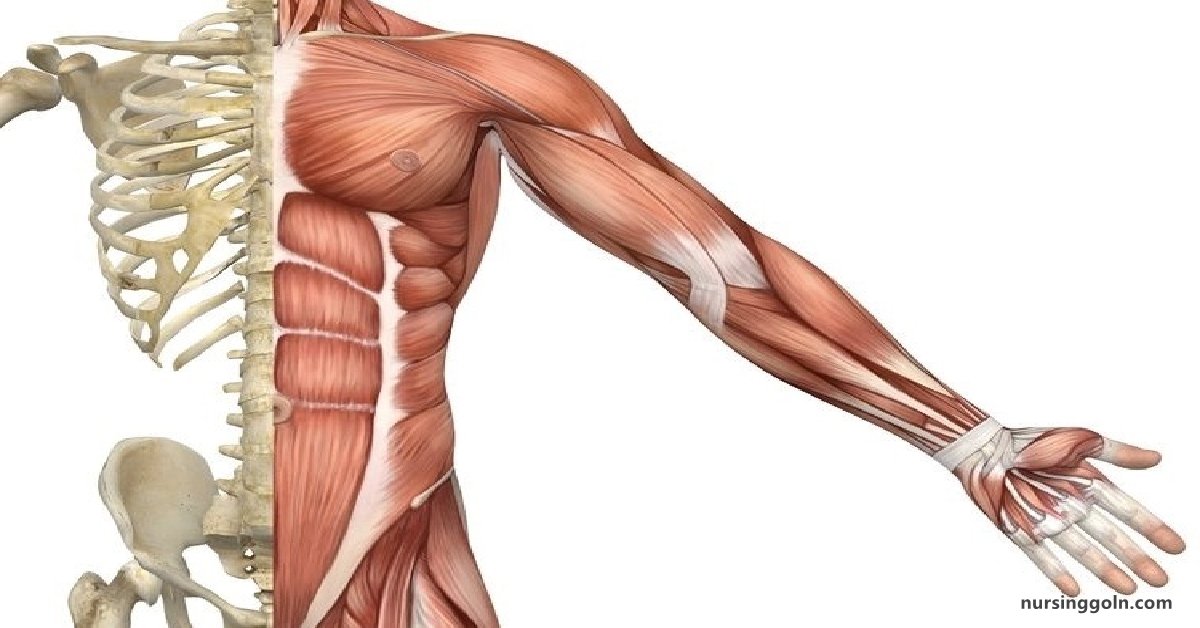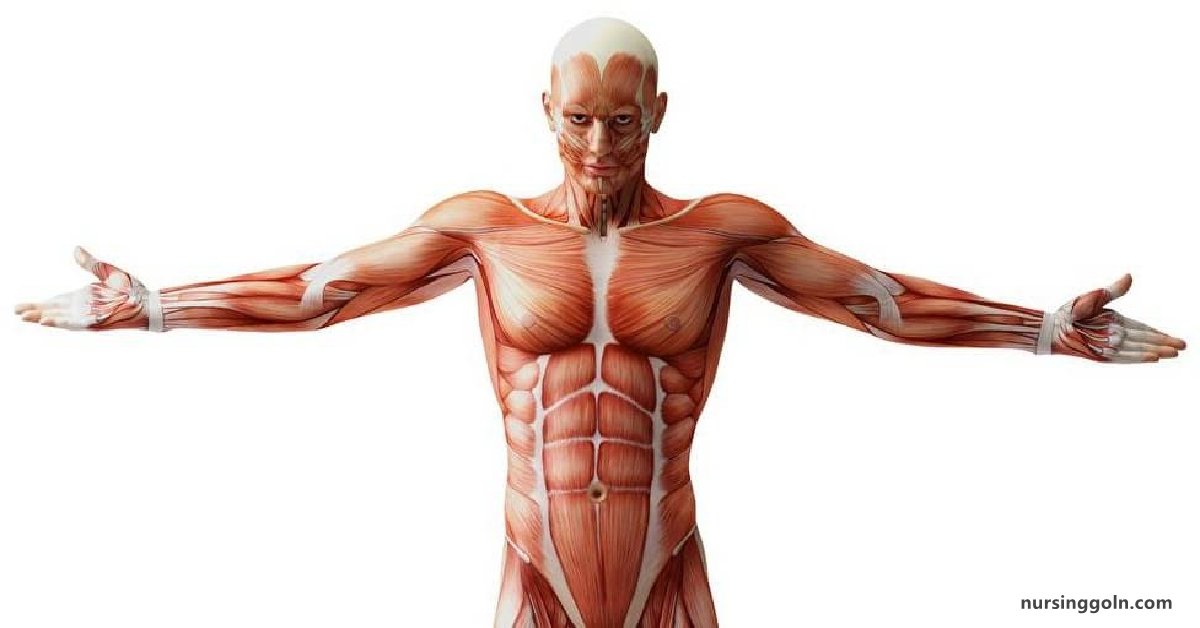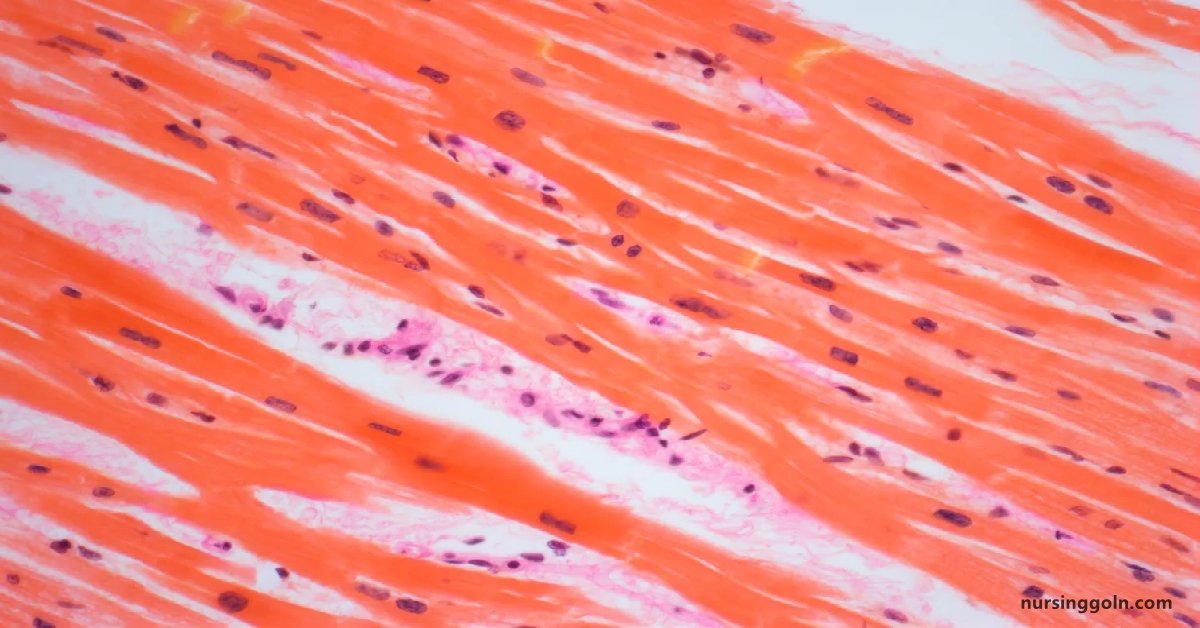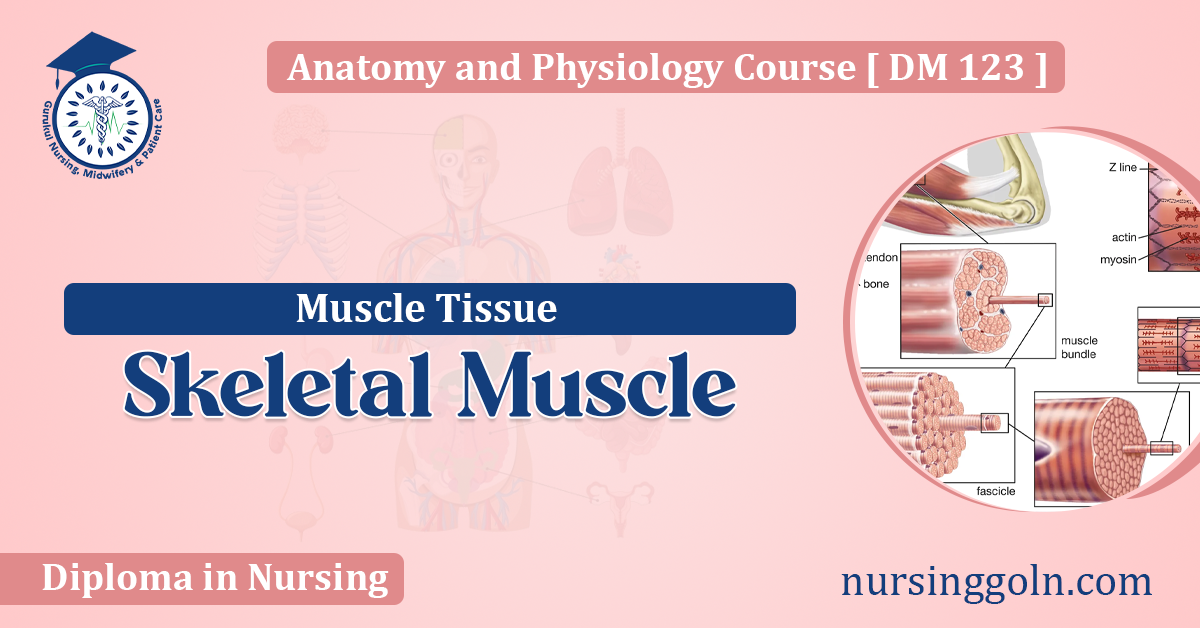Today our topic of discussion is ” Skeletal Muscle “. Muscle tissues are integral to the movement and function of the human body. Among the various types of muscle tissues, the skeletal muscle stands out as the primary driver of voluntary movement. This muscular powerhouse facilitates every motion, from lifting a pen to running a marathon. In this comprehensive look at skeletal muscle, we’ll delve into its structure, function, growth, regeneration, and associated disorders.

Skeletal Muscle: Human Muscle Tissue
Anatomy and Structure
1. Muscle Fibers and Cells: Skeletal muscles are composed of muscle fibers, which are essentially elongated cells. These fibers are multi-nucleated, meaning they contain multiple nuclei, a unique characteristic setting them apart from most other cells.
2. Myofibrils: Each muscle fiber contains smaller units called myofibrils. These myofibrils house the fundamental contractile elements of the muscle – the proteins actin and myosin. When viewed under a microscope, these proteins give skeletal muscle its signature striated appearance due to their repeating pattern.
3. Sarcomeres: A sarcomere is the smallest contractile unit of muscle. It’s defined by the repeating units of actin and myosin found within myofibrils. The regulated overlap between these two proteins is what allows for muscle contraction.
4. Connective Tissue: Muscle fibers are ensheathed in connective tissue, which provides structure and protection. This tissue can be categorized into three main layers:
- Endomysium: Surrounds individual muscle fibers.
- Perimysium: Envelops groups of muscle fibers, forming a bundle known as a fascicle.
- Epimysium: Encases the entire muscle.

Function and Physiology
Skeletal muscles are consciously controlled, allowing us to perform myriad activities. Their primary function is to convert the chemical energy in ATP into mechanical energy, resulting in movement. The Sliding Filament Theory provides the basis for understanding this:
- Initiation: The process starts with a nerve impulse from a motor neuron.
- Actin-Myosin Cross-Bridging: When the impulse reaches the muscle fiber, calcium is released, allowing myosin heads to attach to actin filaments.
- Contraction: Using ATP as energy, myosin heads pull actin filaments, sliding them over each other. This shortens the sarcomere and contracts the muscle.
- Relaxation: The removal of calcium ions and the breaking down of ATP results in muscle relaxation.
Growth and Adaptation
- Hypertrophy: Muscle growth due to increased size of individual muscle fibers. Weight lifting and resistance training are typical activities that promote hypertrophy.
- Atrophy: The opposite of hypertrophy, it’s the reduction in muscle size due to a lack of use or activity. Extended bed rest or immobilization can cause significant muscle atrophy.
- Hyperplasia: An increase in the number of muscle fibers. While a significant topic of research, evidence in humans is sparse.

Regeneration and Repair
Unlike other tissues, mature skeletal muscles don’t divide. However, they possess a remarkable ability to repair thanks to satellite cells. These are stem cells located between the muscle fiber and the surrounding endomysium. Upon injury:
- Satellite cells activate and proliferate.
- They then differentiate and fuse to damaged muscle fibers, facilitating repair.
- Some satellite cells replenish the pool, ensuring a continued capacity for future repair.
Disorders and Diseases
- Muscular Dystrophies: A group of inherited disorders where muscle fibers weaken and are eventually replaced by fatty and connective tissue.
- Rhabdomyolysis: A breakdown of muscle tissue that releases a protein (myoglobin) into the blood, potentially leading to kidney damage.
- Myasthenia Gravis: An autoimmune disorder affecting the neuromuscular junction, leading to muscle weakness and fatigue.
The Interplay with Exercise
Exercise, especially resistance training, has a profound effect on skeletal-muscle:
- Strength and Endurance: Resistance training leads to increased muscle strength, while endurance training enhances the muscle’s oxidative capacity.
- Metabolic Boost: Muscles are metabolically active, and increased muscle mass can boost basal metabolic rate.
- Protection Against Chronic Diseases: Regular exercise and increased muscle mass are associated with reduced risks of diseases like Type 2 diabetes and cardiovascular diseases.
Conclusion
Skeletal-muscle is an intricate and dynamic tissue, playing a pivotal role in movement, metabolism, and overall human health. Its complex structure and the interplay of numerous proteins facilitate our every motion. Furthermore, its capacity to adapt, grow, and repair makes it a resilient and vital system. A deeper understanding of skeletal-muscle provides not just insight into human physiology but also offers avenues for interventions in various muscular disorders. Whether you’re a professional athlete or someone just looking to maintain health, giving due care and understanding to your skeletal-muscles can pave the way for optimal well-being.

Read more:
